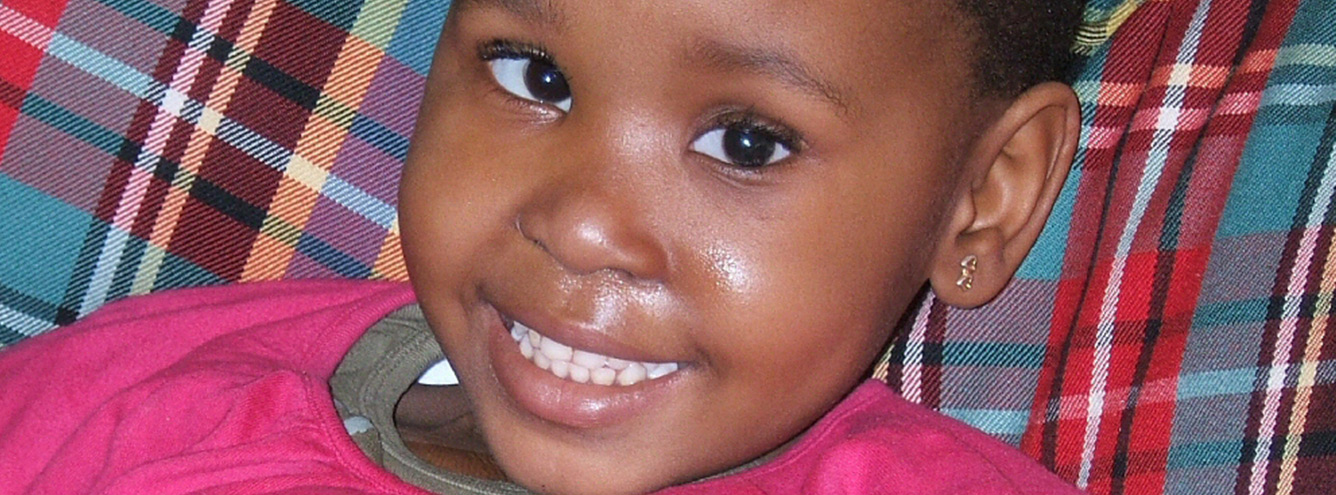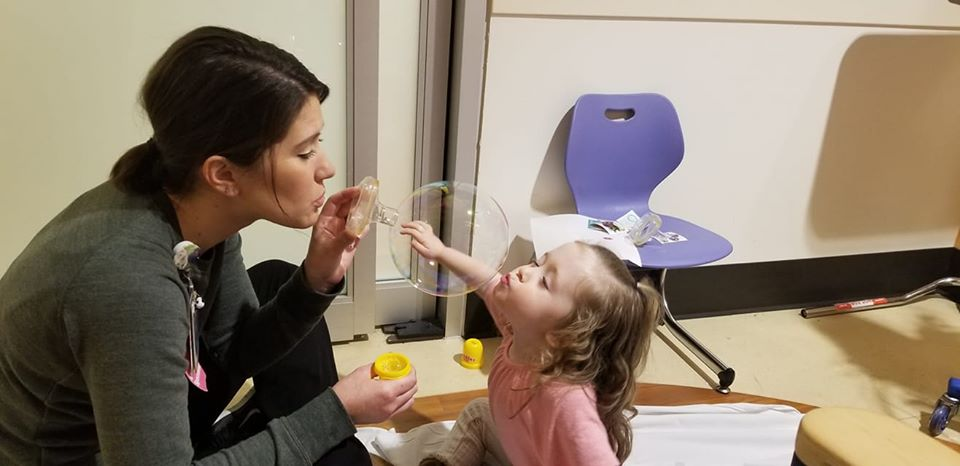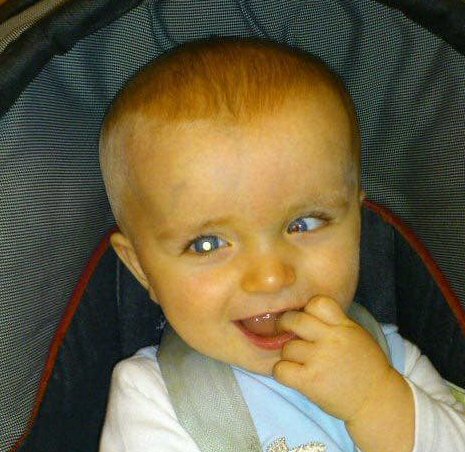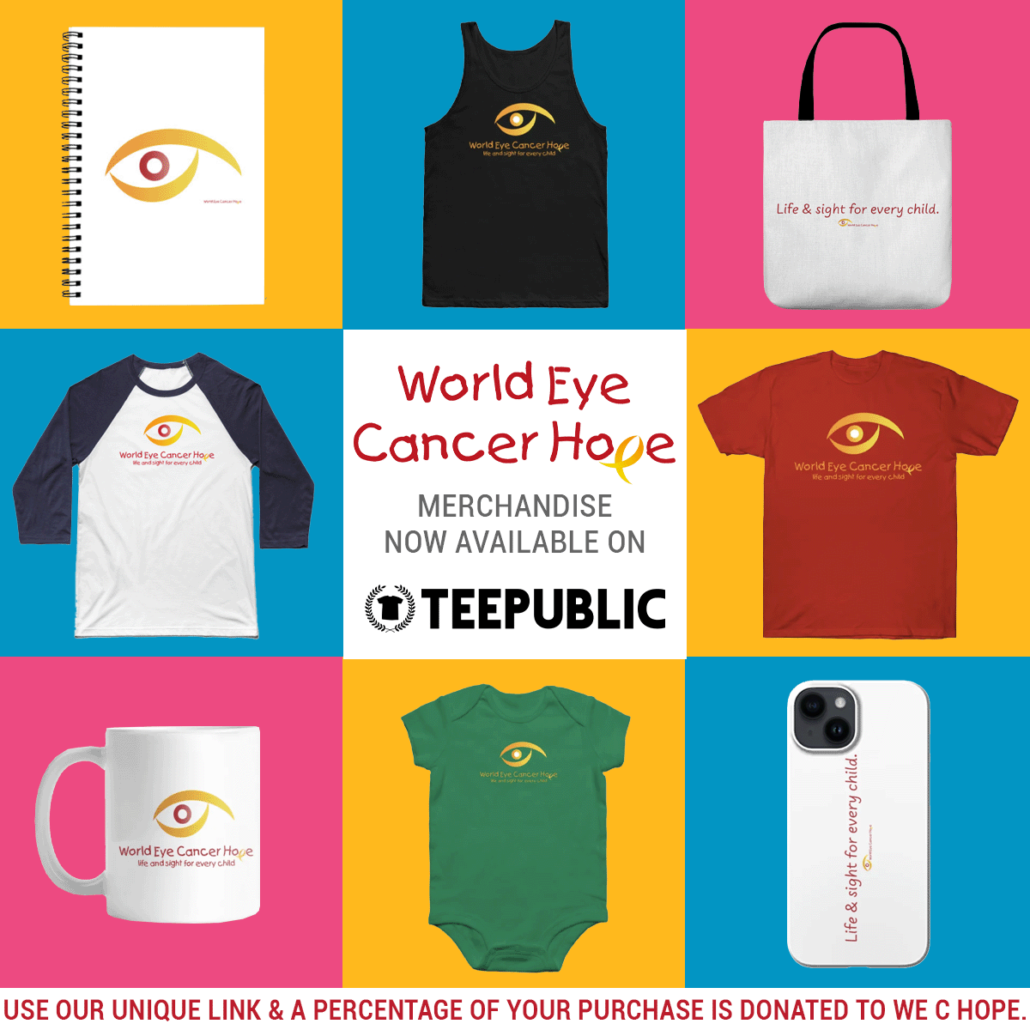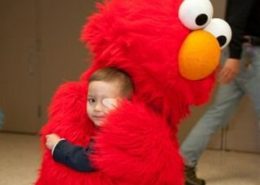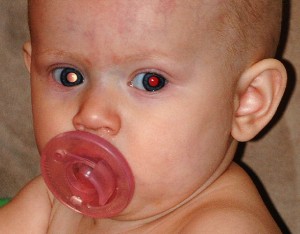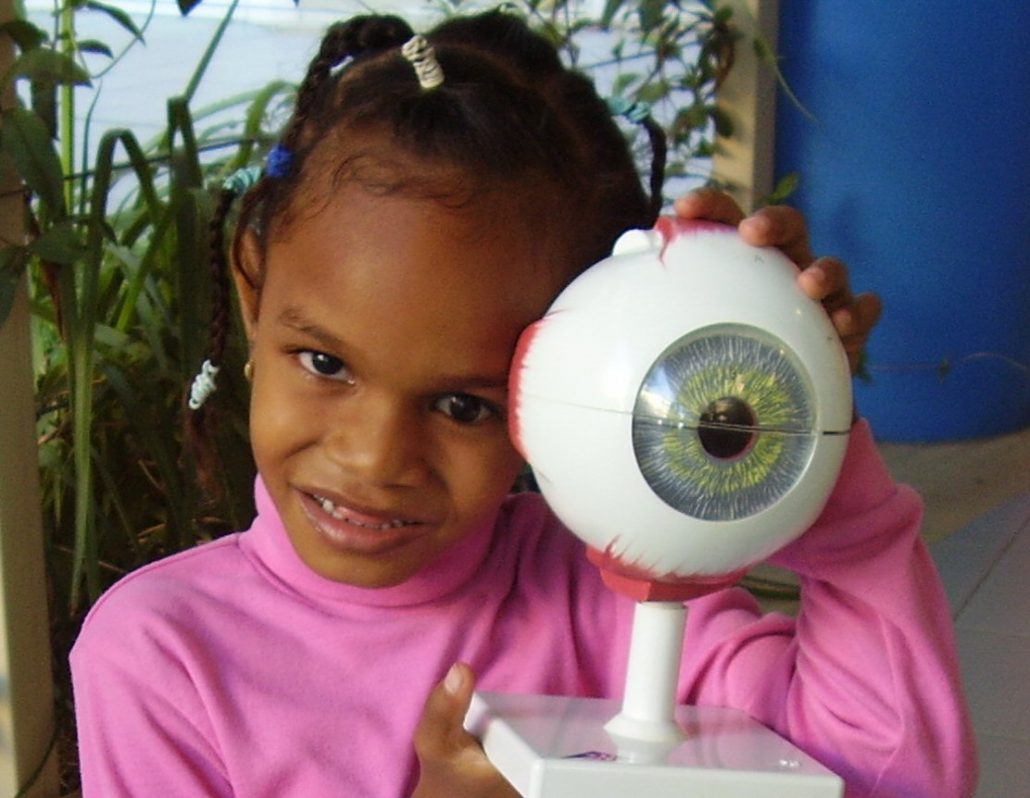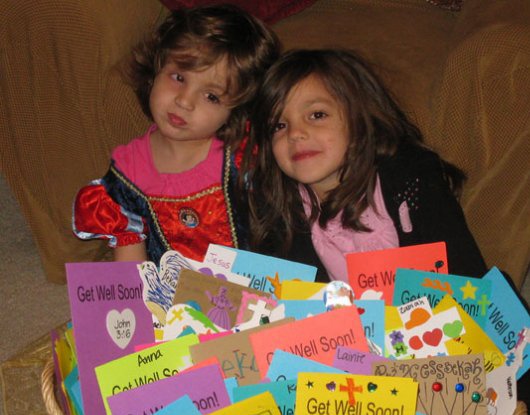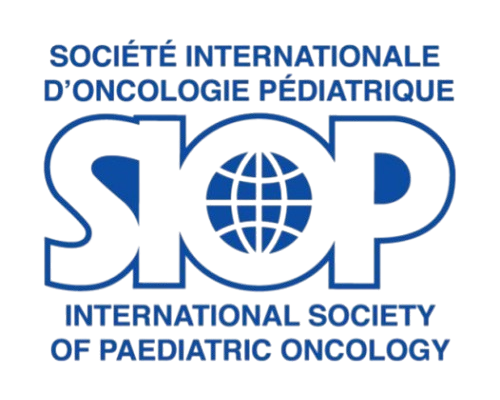Inspired by
Daisy & Rati
WE C Hope for All Children with Eye Cancer, Families & Survivors.
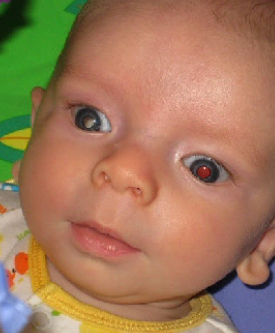 Increasing access to specialist care will bring the promise of life and sight to every child, and improved life-long health to survivors. This is our mission. We:
Increasing access to specialist care will bring the promise of life and sight to every child, and improved life-long health to survivors. This is our mission. We:
- Educate the public and medical community about retinoblastoma to achieve early diagnosis and rapid referral to specialist care
- Empower medical teams to deliver sustainable high quality evidence-based care for affected children and adult survivors.
- Enable family support programs that reduce practical and emotional burdens and improve access to essential care
One Rb World 2024 Conference Report
The 7th One Retinoblastoma World Conference took place October 15 – 17, 2024. We were delighted to welcome 175 medical professionals, Rb patients, survivors of all ages, family members, and scientists to Honolulu, Hawaii, and many more online for three days of programming, community and collaboration in the heart of the Pacific.
One Rb World 2024 was hosted by World Eye Cancer Hope USA, organized together with Jesse Berry MD, Director of Ocular Oncology & Retinoblastoma at Children’s Hospital Los Angeles; Dr. Sandra Staffieri, Retinoblastoma Care Coordinator at the Royal Children’s Hospital Melbourne, Australia; and Maura Di Nicola MD, Assistant Professor of Clinical Ophthalmology at Bascom Palmer Eye Institute in Miami, Florida.
Our conference report showcases three days of diverse sessions, child life programming, community-building social events, and a plethora of feedback from attendees. Please feel free to share, Mahalo nui loa!
Less Stress, More Success! Follow Our #RbChildLife Alphabet Of Hope
Caring for a child with retinoblastoma is so much more than treating the cancer. Child life focuses on the whole child – supporting their emotional, social, and developmental needs during stressful medical experiences, empowering families, and transforming care through education and play.
The #RbChildLife Alphabet of Hope highlights simple approaches and vital supports that help children with eye cancer and their families thrive during treatment and beyond.
Published every two weeks throughout 2025-6, each letter will be added to our website with links to further resources on the topic. Visit the Alphabet Hub to get involved.
Save The Date! 8th One Rb World, 12-14 September, 2026 in San Antonio, Texas
Join patients, survivors, family members, medical professionals, and scientists for three days of programming, community and collaboration in the Lone Star State.
The 8th One Rb World Conference will take place before the 58th International Society of Paediatric Oncology (SIOP) World Congress, which will be held in San Antonio, 15-18 September 2026.
We recognize our 2026 conference falls during Rosh Hashanah, and we apologize for any conflicts this may create. We hope many in our community will be able to participate, and we remain committed to making the conference as accessible and inclusive as possible.
You’ll find a very warm welcome with us in San Antonio, where we’ll advance patient-centred care and research for all together!
Stay up-to-date with WE C Hope’s eNewsletter!
A Glint or a Squint Could Be Your Hint of Eye Cancer!!
Strabismus (turned eye) and leukocoria (white pupil), the most common signs of retinoblastoma, can also occur in healthy eyes
Being aware of these signs and seeking medical care early saves children’s lives and sight.
Prompt investigation of all signs and symptoms is vital to diagnose childhood eye cancer early. Timely diagnosis provides the best opportunity to save a child’s life and sight.
Buy WE C Hope Merch and More – Visit Our Store!
Wear your care for our retinoblastoma community with WE C Hope branded apparel, caps, bags, mugs, and much more. Buy exclusive gold ribbon designs, event-specific merch, and branded gear and gifts from for our fabulous partner, KnowTheGlow.
Help expand our range of designs, and sport your support for early diagnosis, patient-centred medical care, and support for all, for life!
Support Kids During Needle Related Procedures
Only 5% of children have support for immunization needle pain.
Seriously ill children experience many needle related procedures, rarely with adequate pain suppor.
Pain and distress can be managed and reduced. IT DOESN’T HAVE TO HURT.
Parents, ask how to manage your child’s pain. Healthcare providers, please give parents options.
Learn how to make needles easier and safer for everyone.
WE C Hope Blog
Photographers
Know The Glow!
Learn about the most common early sign of childhood eye cancer – a white reflection in the pupil, seen in dim light and flash photos. Find out how to take photos to check for signs of serious eye disease in children.
Parents & Survivors
Find Hope
We offer the Retinoblastoma Resource to supplement information provided by your medical team, answer questions and concerns about all aspects of life with Rb, increase understanding and share hope.
Family & Friends
How You Can Help
Forget “let me know if I can do anything to help”! Carefully considered and offered support will be truly valued. We have many suggestions from parents that have brought families relief, joy and hope.
Give Hope
Help Change Lives!
There are so many ways you can help us bring hope of cure and better quality of life to children with eye cancer, families and survivors. Donate online now, or become a fundraising angel. Together, WE C Hope!

